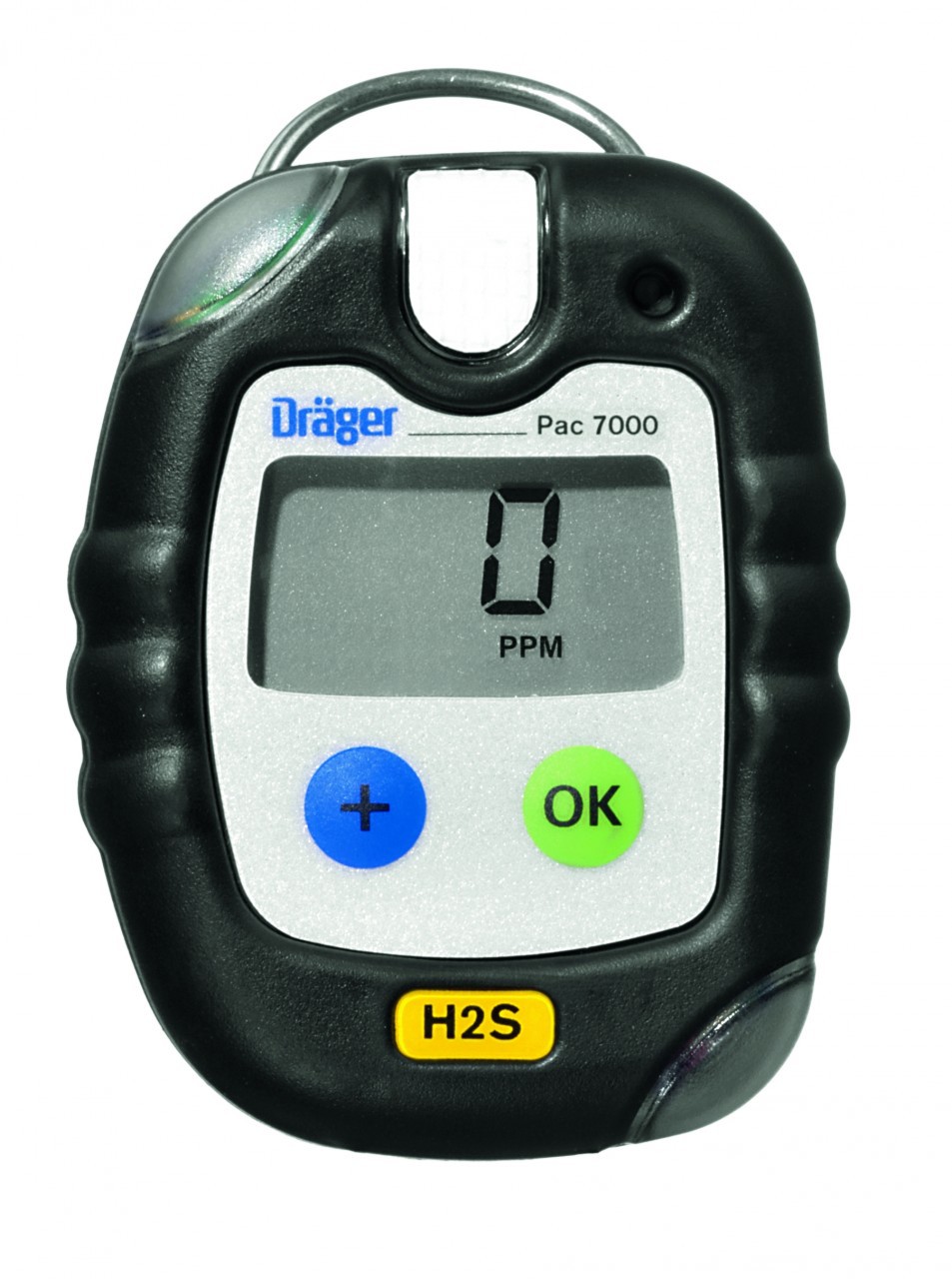Monitoring hydrogen sulfide (H2S) levels is crucial for assembly exposure standards and guaranteeing the health and safety of workers. Exposure requirements are set by regulatory our bodies to determine permissible limits of exposure to numerous substances, including H2S. Here are steps and concerns for monitoring H2S to meet new exposure requirements:
Understand Regulatory Standards:

Familiarize your self with the specific exposure requirements set by related occupational well being and security regulatory agencies. These requirements sometimes outline the utmost allowable focus of H2S in the office over a specified time period.
Conduct a Workplace Risk Assessment:
Perform a comprehensive risk assessment to identify areas within the workplace the place H2S exposure might occur. This includes contemplating particular job tasks, processes, and locations the place H2S is likely to be present.
Select Appropriate Monitoring Equipment:
Choose H2S gasoline detectors or screens that are appropriate for the workplace situations and meet regulatory requirements. Consider components similar to detection vary, response time, accuracy, and whether or not the displays are moveable or fastened.
Calibrate and Maintain Equipment:
Regularly calibrate gasoline monitoring gear to ensure accuracy. Establish H2S detector to verify and calibrate the sensors, substitute batteries, and tackle any points promptly. Proper maintenance ensures the reliability of the monitoring tools.
Implement a Monitoring Plan:
Develop a comprehensive monitoring plan that outlines when and the place H2S monitoring will happen. This could embody routine monitoring, steady monitoring in specific work areas, and monitoring during particular duties or processes.
Establish Action Levels:
Set motion ranges primarily based on publicity requirements. Action levels trigger specific responses, such as implementing control measures, growing ventilation, or requiring workers to make use of additional private protective gear.
Provide Training and Awareness:
Ensure that staff are adequately skilled on the importance of H2S monitoring, the utilization of monitoring equipment, and the actions to take in response to alarm signals. Create consciousness about the potential hazards of H2S publicity and the significance of assembly exposure requirements.
Document and Record Results:
Keep detailed data of monitoring results, including time, location, and concentration ranges of H2S. This documentation is important for regulatory compliance and can also aid in identifying trends or areas that may require further control measures.
Review and Update Procedures:
Regularly evaluate and update monitoring procedures based mostly on modifications in office conditions, processes, or regulations. Stay informed about any updates to publicity standards and adjust monitoring practices accordingly.
Collaborate with Occupational Health Professionals:
Work closely with occupational health professionals to interpret monitoring outcomes and assess their implications for worker well being. Seek their steerage in growing and refining control measures to minimize H2S publicity.
By following these steps and maintaining a proactive method to H2S monitoring, organizations can successfully meet new publicity requirements, shield the well being of employees, and create a safer office environment..
